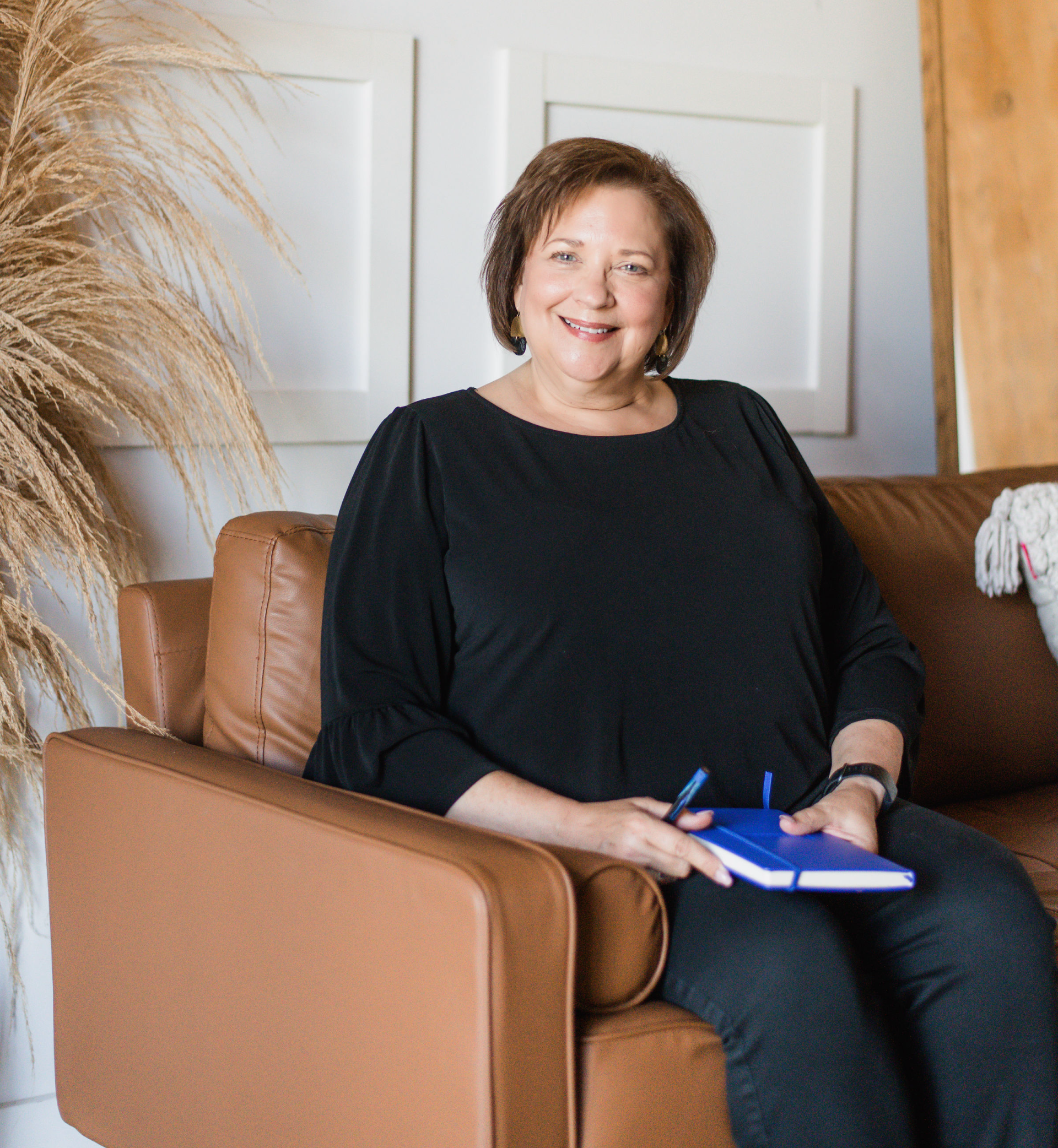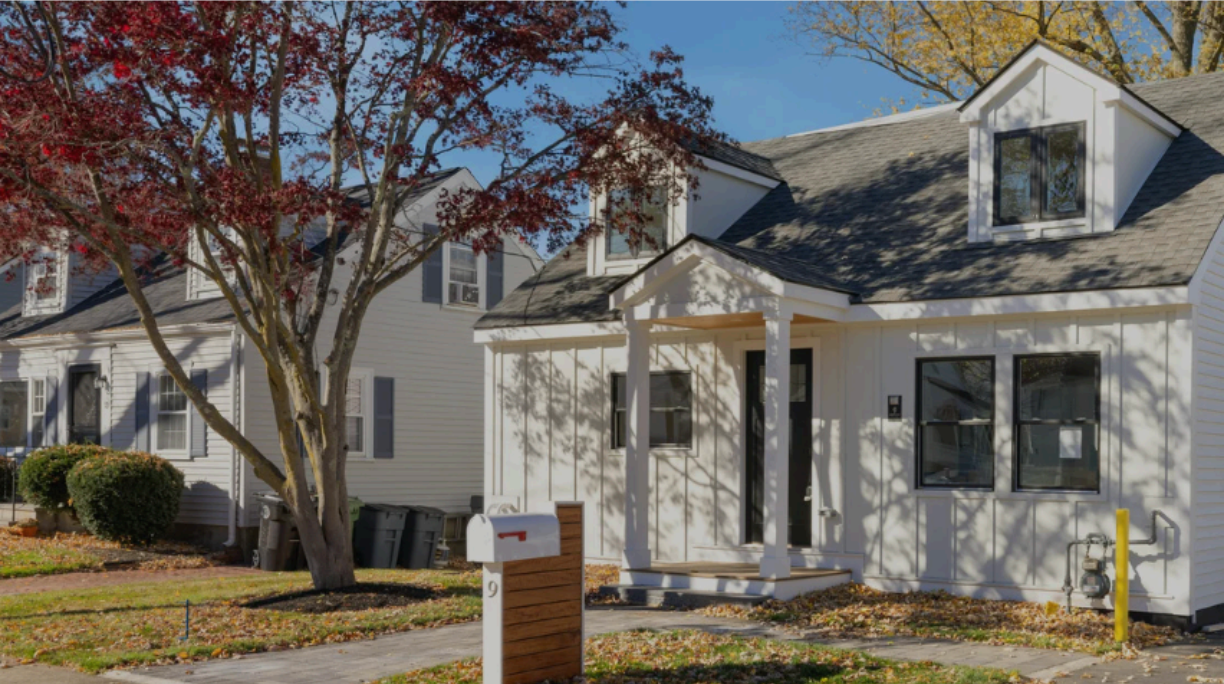Your Resolution May Fail by February… Here’s Why
The start of a new year inspires us to set ambitious goals, from getting fit to saving more money. But did you know that most people abandon their resolutions just 36 days into the year? That’s right—by early February, many of us have already fallen back into old habits.
When it comes to major financial goals like homeownership, buying a rental property, or planning your housing for retirement, it’s even easier to get derailed. The process can feel overwhelming, especially if you’re going it alone.
But here’s the good news: working with a team of experts, like myself, can help you stay on track and achieve those dreams. Let’s break down why 2025 is the perfect year to act, how to buy a rental property, and the common mistakes to avoid along the way.

Why 2025 is a Great Year to Take Action
This year is shaping up to be a golden opportunity in the real estate market. Experts predict:
- Interest rates will drop: After a few years of rising rates, relief is on the horizon. Lower rates mean more affordable mortgages.
- Home prices are expected to rise: As demand increases, waiting too long could mean paying more for the same property.
The key to benefiting from these trends is planning early. Whether you’re buying your first home, expanding your real estate portfolio, or downsizing for retirement, preparation is everything.
How to Buy a Rental Property
Investing in rental properties is a fantastic way to build wealth, but the process can seem daunting. Here’s a simplified breakdown:
- Research the Market
Identify areas with strong rental demand and potential for growth. Consider factors like job markets, population growth, and rental vacancy rates. - Get Pre-Approved
Securing financing for an investment property often requires a larger down payment and a solid credit score. Pre-approval helps clarify your budget. - Calculate ROI
Use tools to estimate rental income, property expenses, and potential appreciation to ensure the investment is worth your time and money. - Choose the Right Property
Look for properties that are move-in ready or need minor renovations to increase their value.
Close and Prepare for Tenants
Work with property managers or handle tenant applications yourself to start generating income.
Common Pitfalls to Avoid
Many people make avoidable mistakes that slow down or derail their real estate goals. Here are a few to watch out for:
1. Waiting Too Long to Start
The perfect time to act rarely exists. Delaying your plans could mean missing out on favorable interest rates or rising property values.
2. Skipping Pre-Approval
Shopping for homes without knowing your budget can lead to frustration or missed opportunities. Pre-approval provides clarity and confidence.
3. Underestimating Costs
From closing costs to unexpected repairs, real estate involves more than just the purchase price. Plan for these expenses upfront.
4. Going It Alone
Trying to navigate the financing and buying process without expert guidance often results in unnecessary stress or costly errors. A mortgage expert like me can streamline the process.
Why the Path Isn’t Always a Straight Line
Life happens, and real estate goals don’t always follow a linear timeline. Perhaps you need to save more for a down payment, or the perfect property doesn’t show up right away. That’s okay!
The important thing is to stay consistent and seek support when you need it. As your mortgage expert, I’m here to keep you motivated, adjust plans as needed, and remind you that progress is progress, no matter how small.
Make 2025 the Year You Take Control
Don’t let the ups and downs of life discourage you from achieving your real estate dreams. With rates set to drop and the market poised for growth, there’s never been a better time to plan your next move.
Whether you’re buying your first home, adding an investment property to your portfolio, or figuring out your housing plans for retirement, I’m here to help.
Let’s create a plan together. Reach out at 403-968-2784 or christine@flaremortgagegroup.com to get started.
Your 2025 success story starts now!





